I am wondering why I have an incorrect timezone for old dates in JS output.
I've been experimenting with JavaScript's Date object and have encountered an issue when using the years before 1900 and different timezone offsets. It seems the output doesn't match the expected date and time. Here's an example:
const dateStr = "1701-01-01T00:00:00+00:00";
const date = new Date(dateStr);
console.log(date.toString());
// OUTPUT: VM567:3 Fri Dec 31 1700 23:45:16 GMT-0014 (Central European Standard Time)
I was expecting the output to be "1701-01-01T00:00:00.000Z", but instead, I got "Fri Dec 31 1700 23:45:16 GMT-0014 (Central European Standard Time)".
I've searched online and tried using ChatGPT, but couldn't find a satisfactory explanation for this behavior. Could someone please provide a link to the relevant specification or offer an explanation for why the output is different from what I expected?
Screenshots:


